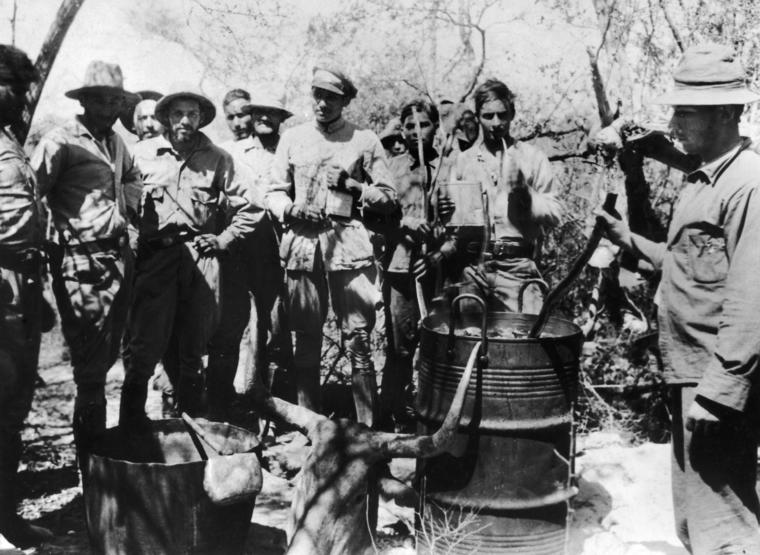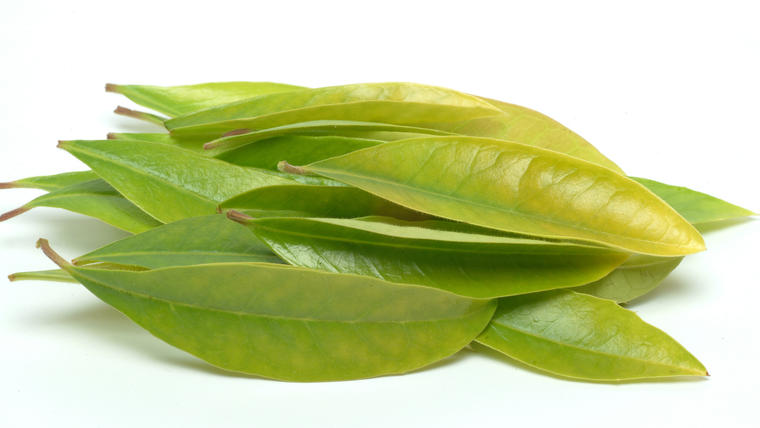Even though it is said that yerba mate has the “strength of coffee, the health benefits of tea, and the euphoria of chocolate" all in one, for those of us who didn’t grow up surrounded by it--meaning either in Paraguay, Uruguay or Argentina--it's an acquired taste, with an initial hard gulp to swallow.
But if you hail from the aforementioned gaucho lands, then drinking mate is even more than a way of life, it’s almost a religion.
We will not get into the argument of where it actually originates from, or which country is the true mate king, instead we’ll delve into how each culture makes the mate drinking experience unique to their own.

Getty Images/ AFP
Argentina
Undoubtedly, the country with the highest mate production rate, not just in Latin America, but the world. It is also the highest consumer of mate.
Drinking mate was considered the first original social network before the digital age, as it is usually enjoyed socially, with a ritual called a ronda. El cebador prepares the infusion in the pocillo, which is passed around the group and shared through a single metallic straw, seldomly ever cleaned!

Getty Images/ AFP
Uruguay
In this corner of the continent, the experience is a lot more personal. Mate is consumed all day everyday, carried around on the streets, to work, at home, riding on bikes, even consumed whilst walking with a thermos to replenish under one arm.
In fact, Uruguay takes the lead on the most mate consumed per capita. The tea is also ground differently, sin palo, or without stems.

Getty Images/ Gamma-Keystone
Paraguay
For all intents and purposes and according to Spanish records, the original cultivation of the plant where mate comes from, Ilex paraguariensis, was first written about in the regions now considered to be modern day Paraguay.
The Jesuits were later credited for dispersing the tea throughout the territories for economic gain, after having the substance banned for 20 plus years due to its questionable godly characteristics.
